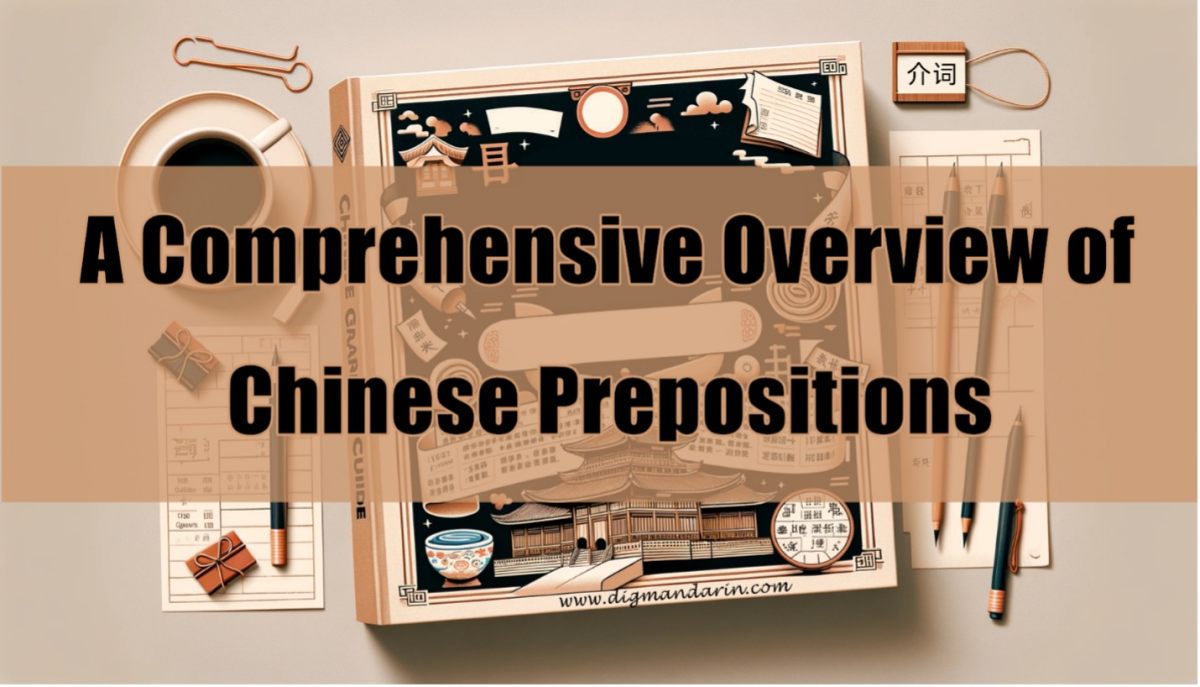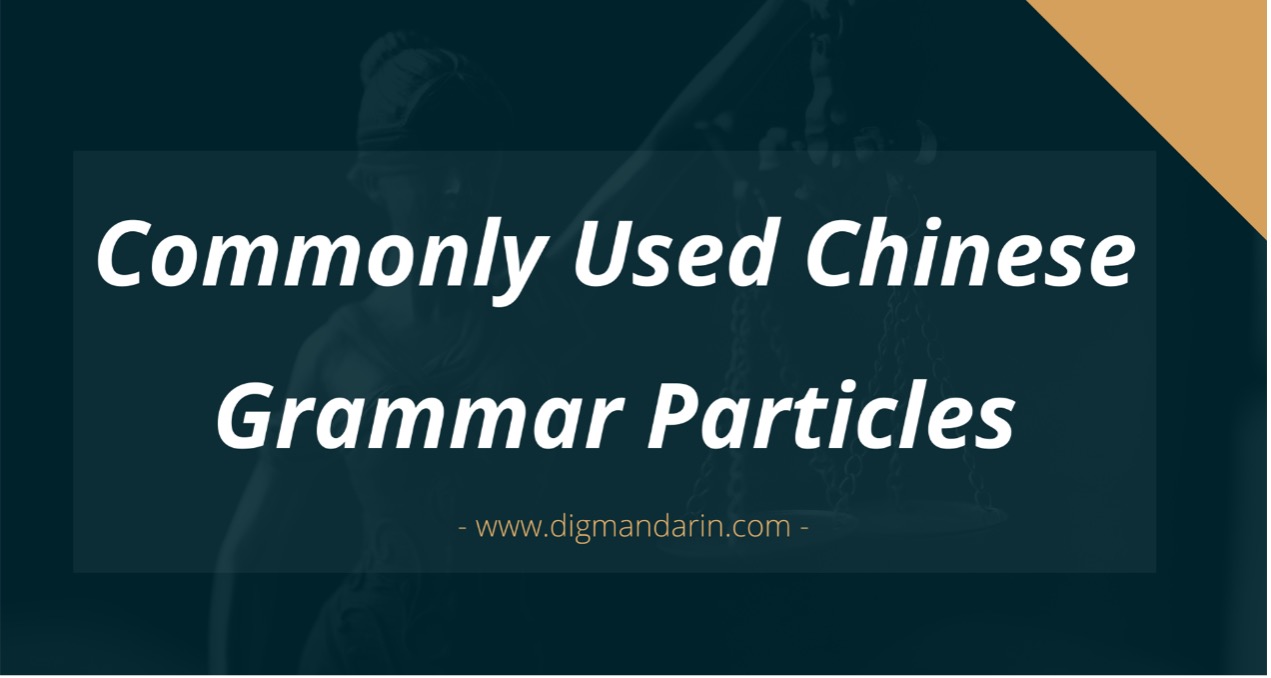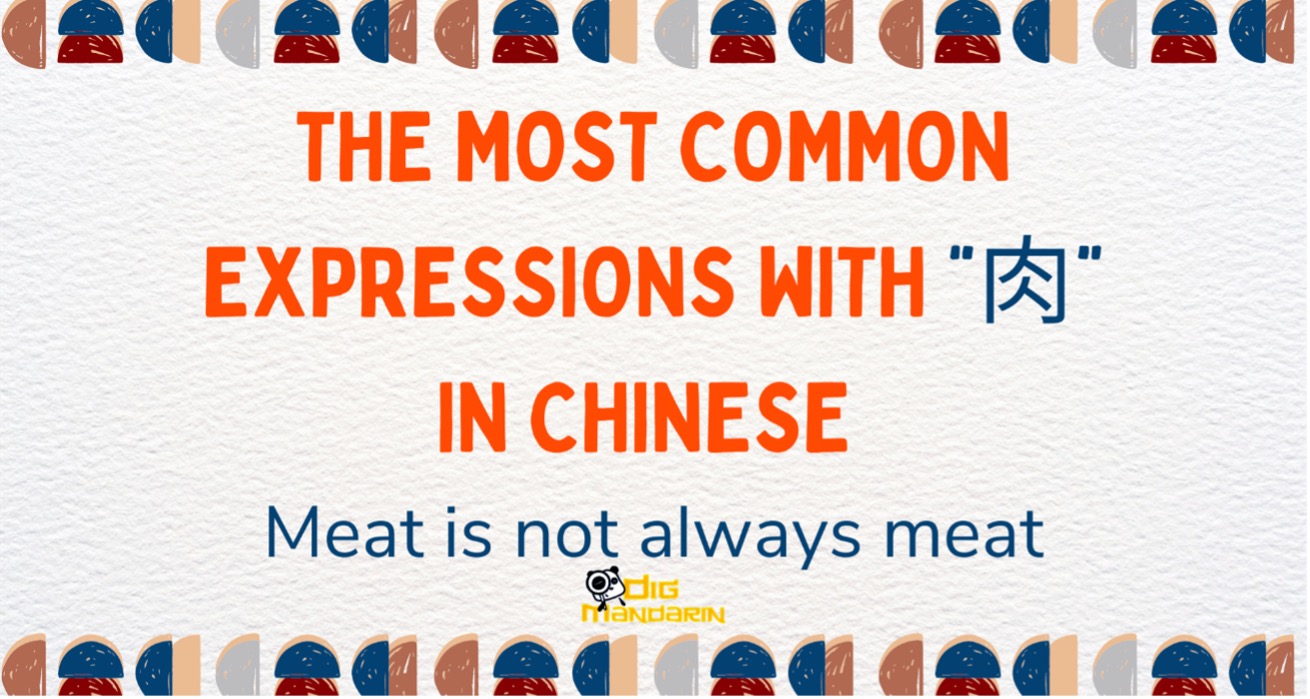Exploring Emphasis: Understanding the ‘是…的’ Structure in Chinese Grammar
If you’re a beginner Chinese learner looking to delve beyond the basics and start creating more dynamic sentences, look no further! In our Chinese Made Simple Level 1 Course, we recently introduced the 是…的 (shì…de) sentence structure, which is used to add emphasis.
In this article, we’ll take an even closer look at this construction and provide some useful examples to help you incorporate it into your daily Chinese speech.
Let’s start with a brief overview of the 是…的 (shì…de) structure.
Structure 1: Main topic + 是+ emphasized information+ 的
The 是…的 (shì…de) structure is formed by combining the main topic, 是 (shì) to emphasize a piece of information, and 的 (de) at the end of the sentence. This structure serves to highlight the content between 是 (shì) and 的 (de) and is equivalent to the English phrase ”it is… (that).” It is commonly used to indicate facts or past events. The main topic can refer to any other elements in the sentence, such as subjects or objects.
For example:
我是五年前认识丽丽的。
(wǒ shì wǔ nián qián rènsh Lìli de.)
It was 5 years ago that I knew Lily.
你昨天是怎么来机场的?
(Nǐ zuótiān shì zěnme lái jīchǎng de?)
How is it that you came to the airport yesterday?
我是在美国念大学的。
(Wǒ shì zài Měiguó niàn dàxué de.)
It’s in the U.S. that I studied university.
这块手表是300快买的。
(Zhè kuài shǒubiǎo shì sān bǎi kuài mǎi de.)
This watch was bought at 300 RMB.
这些苹果是在哪里买的?
(Zhèxiē píngguǒ shì zài nǎli mǎi de?)
At what place were these apples bought?
菜是妈妈做的。
(Cài shì māma zuò de.)
Mom made that dish.
Structure 2: Main topic + emphasized information + 的
Sometimes, you can omit 是 (shì) from the structure without changing the sentence’s meaning.
For example:
我和大山(是)昨天一起去的。
(Wǒ hé Dàshān (shì) zuótiān yìqǐ qù de.)
It was yesterday that Dashan and I went together.
这杯红茶(是)我特意买给你的。
(Zhè bēi hóngchá (shì) wǒ tèyì mǎi gěi nǐ de.)
I bought this red tea specially for you.
However, if the sentence contains a lot of content, leaving out 是 (shì) can create confusion between the main topic and the emphasized information. So, in such cases, it is advisable to use 是 (shì) to clearly distinguish between the main topic and the information being emphasized.
For instance, consider the ambiguity in the following example:
我和小红上周在咖啡厅见面的。
(Wǒ hé Xiǎohóng shàng zhōu zài kāfēitīng jiànmiàn de.)
Me and Xiaohong met in a cafe last week.
This sentence could have various interpretations without specifying which piece of information is being emphasized. It could mean:
我是和小红上周在咖啡厅见面的。
(Wǒ shì hé Xiǎohóng shàng zhōu zài kāfēitīng jiànmiàn de.)
It was Xiaohong that I met last week in a cafe.
我和小红是上周在咖啡厅见面的。
(Wǒ hé Xiǎohóng shì shàng zhōu zài kāfēitīng jiànmiàn de.)
It was last week that me and Xiaohong met in a cafe.
我和小红上周是在咖啡厅见面的。
(Wǒ hé xiǎo hóng shàng zhōu shì zài kā fēi tīng jiàn miàn dí.)
It was at a cafe that me and Xiaohong met last week.
To ensure clarity, it is essential to use 是 (shì) in these situations. By employing the 是…的 (shì…de) structure, you can precisely convey the intended emphasis and avoid ambiguity in your Chinese sentences.
Structure 3: Main topic + 不是 + emphasized information + 的
To create the negative form of the 是…的(shì…de) structure, simply add 不 (bù) before 是 (shì), forming the structure 不是… 的(búshì…de).
For example:
我们昨天不是坐地铁回公司的。
(Wǒmen zuótiān bú shì zuò dìtiě huí gōngsī de.)
It was not by taking the subway that we came to office yesterday.
这个礼物不是送给老师的。
(Zhè ge lǐwù bú shì sòng gěi lǎoshī de.)
This gift is not for the teacher.
At first, the grammar structure 是…的 (shì…de) may appear perplexing, particularly the option to omit 是(shì) in certain situations. However, mastering this structure empowers you to convey emphasis more effectively in your sentences. By doing so, you can improve your clarity in Chinese and embark on a journey towards sounding like a native speaker. Tackling new and difficult grammar structures is an essential aspect of the learning process, so embrace it and watch as your Chinese fluency flourishes.





This Post Has 0 Comments